ASTM A36 Flat Bars
ASTM A36 Flat Bars Specification
- Coating Type
- Hot-rolled, galvanized, or as specified by customer
- Recyclable
- non-recyclable
- Product Name
- Stainless Steel Products
- Steel Type
- Mild Steel
- Steel Product Type
- Steel Bars
- Thickness
- 2mm Millimeter (mm)
- Shape
- Customized
- Steel Standard
- Other
- Surface
- Polish
- Application
- Construction
- Dimension (L*W*H)
- 10 mm to 60 mm, customized Millimeter (mm)
- Weight
- 0.2 to 9.6 kg / ft Kilograms (kg)
- Color
- Gray, silver
- Material Grade
- Steel
ASTM A36 Flat Bars Trade Information
- Minimum Order Quantity
- 50 Inches
- Packaging Details
- Standard, As per requirement
- Main Domestic Market
- All India
- Certifications
- We are certified under the ISO 9001:2015 standard, with authorized distributor of Memorandum of Understanding (MoU) customer of the Steel Authority of India Ltd. (SAIL).
About ASTM A36 Flat Bars
ASTM A36 Flat Bars: Describe what these are.
Widely utilized structural steel components that meet theASTM A36 standard are ASTM A36 flat bars. Because of their exceptionalstrength, resilience, and adaptability, these flat bars are well-suited for awide range of industrial and construction uses.
ASTM A36 Flat Bars' salient characteristics are:
High Strength and Toughness: A36 flat bars are ideal forload-bearing applications and heavy-duty structural elements because of theirexceptional yield and tensile strength.
Weldability and Formability: A36 steel is easily fabricatedand can be adapted to intricate structural designs because to its goodweldability and formability.
Corrosion Resistance: A36 steel can perform better inoutdoor settings with the right coatings or treatments, despite its moderateresistance to corrosion.
Cost-Effective: Because of its high strength-to-cost ratio,which lowers manufacturing and material costs, A36 flat bars offer anaffordable alternative.
Versatility: A36 flat bars can be used for a variety ofindustrial and construction applications because they come in a range ofdiameters and thicknesses.
Applications of ASTM A36 Flat Bars:
Construction Industry: Used in the fabrication of structuralcomponents such as beams, columns, and braces for buildings, bridges, and otherinfrastructure projects.
Ideal for applications requiring high strength anddurability, particularly in heavy-load-bearing structures.
Manufacturing and Machinery: Employed in the production ofindustrial machinery, shafts, and components that require robust structuralsupport.
Suitable for components in heavy machinery, manufacturingequipment, and structural applications that endure dynamic loads.
Structural Engineering: Essential for the construction ofguardrails, industrial platforms, and pipelines that demand strength andstability.
Commonly used in structural framing
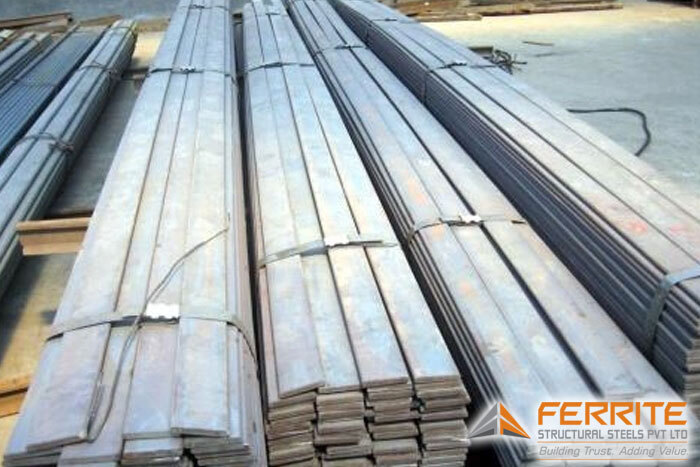
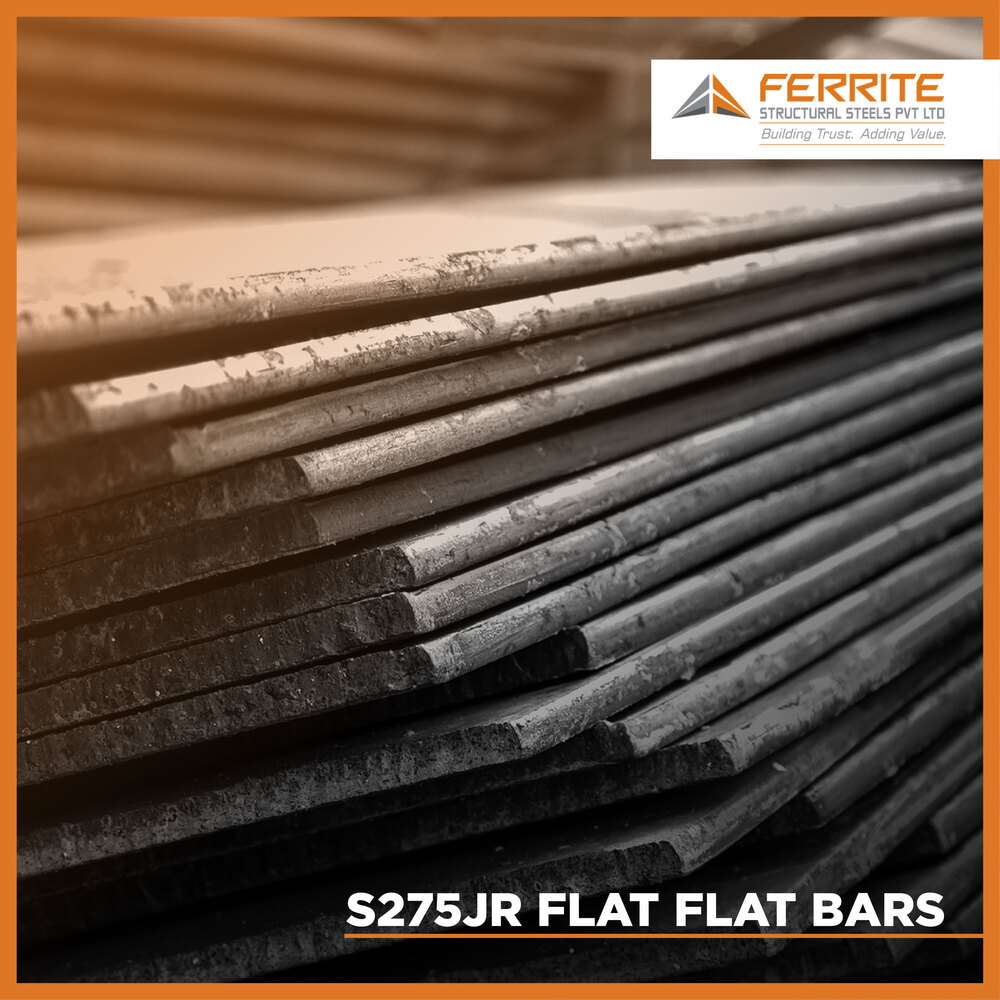
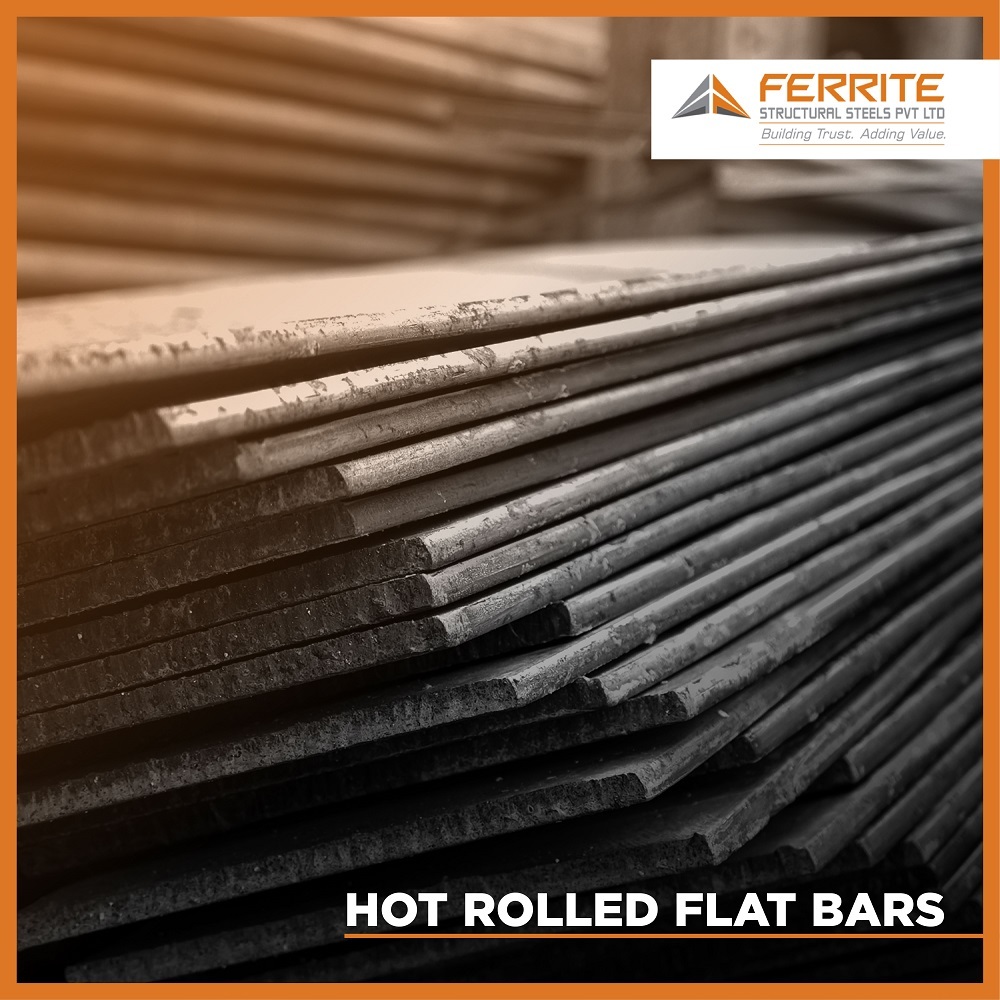
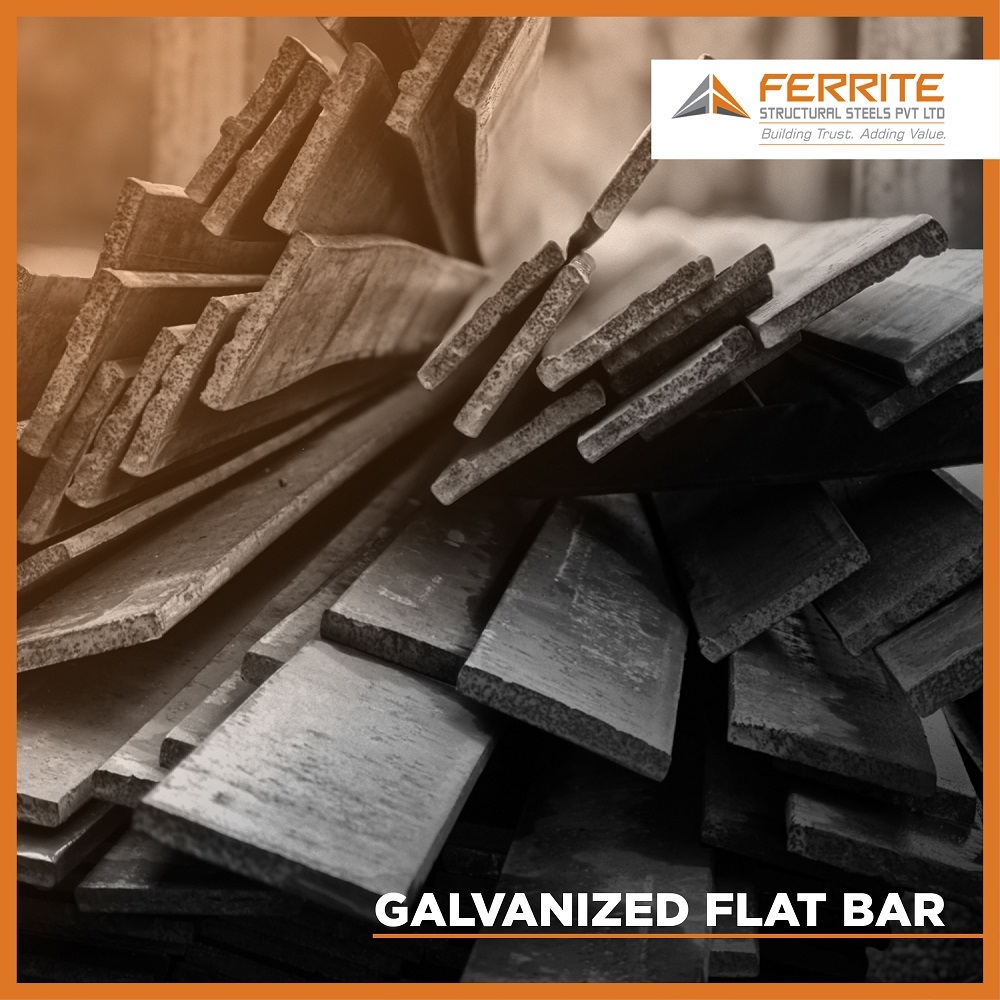

Price 74000 INR/ Ton
- Minimum Order Quantity
- 50 Inches
- Main Domestic Market
- All India

Price:
- 50
- 100
- 200
- 250
- 500
- 1000+
More Products in Ms Flat Bars Category
C45 Flat Bars
Price 64000 INR / Ton
Minimum Order Quantity : 1 Ton
Steel Product Type : Steel Bars
Shape : Bar
Steel Type : Mild Steel
Color : Steel , Silver
IS 2062 E250 Flat Bars
Price 51 INR / Kilograms
Minimum Order Quantity : 1 Ton Kilograms
Steel Product Type : Other
Shape : Customized
Steel Type : Mild Steel
Color : Steel , Silver
IS1852 Flat Bars
Price 74000 INR / Ton
Minimum Order Quantity : 50 Inches
Steel Product Type : Steel Bars
Shape : Customized
Steel Type : Stainless Steel
Color : Gray, silver
Mild Steel Flat Bar
Price 74 INR / Kilograms
Minimum Order Quantity : 1000 Kilograms
Steel Product Type : Steel Plates
Shape : Customized
Steel Type : Mild Steel
Color : Gray


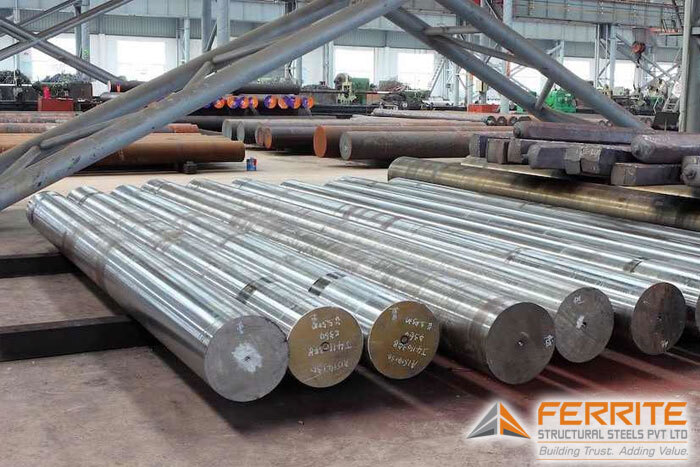
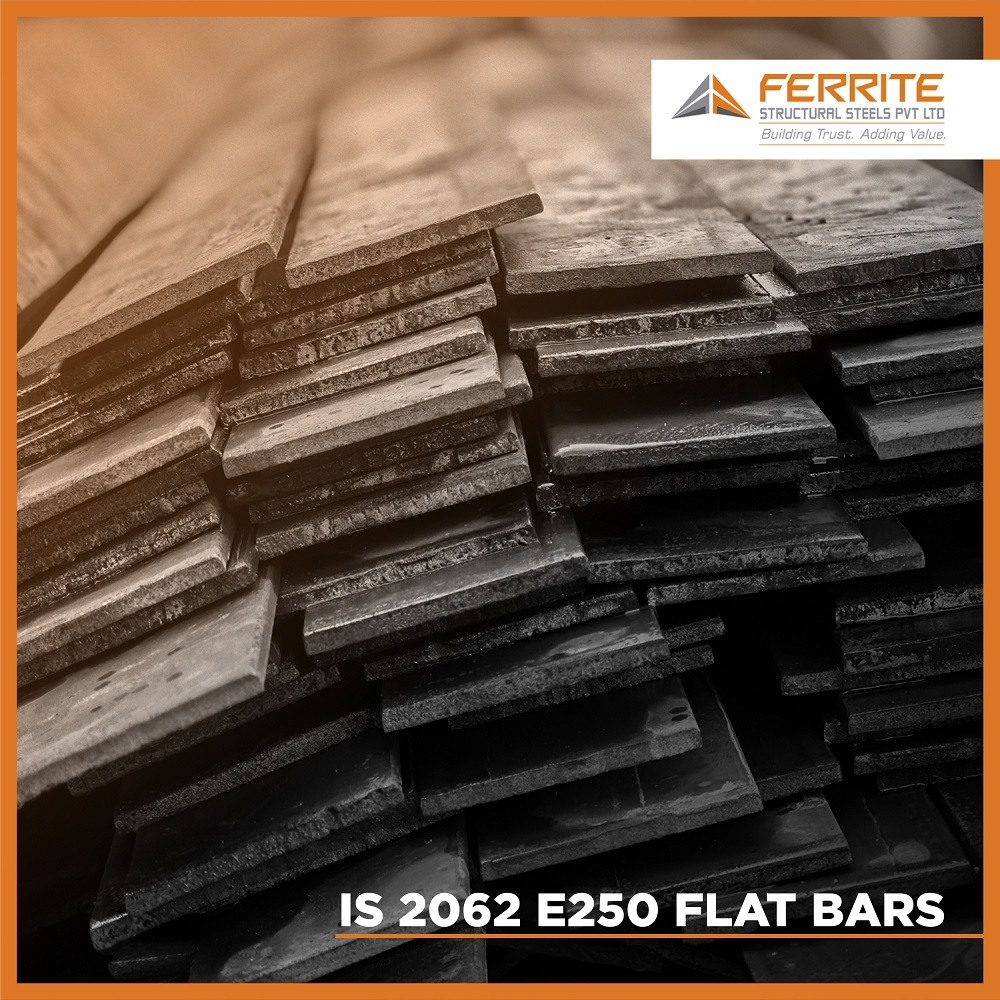


 Send Inquiry
Send Inquiry Send SMS
Send SMS Call Me Free
Call Me Free
